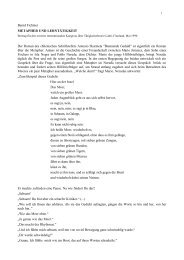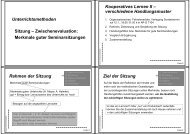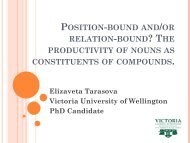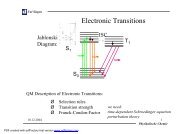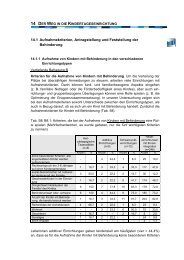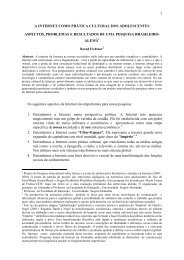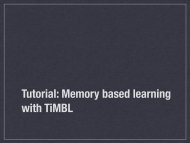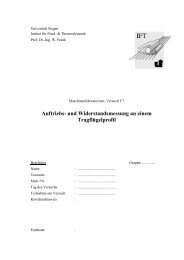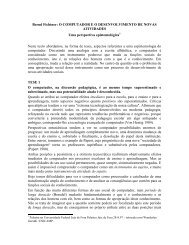Early creole syllable structure: evidence from early varieties
Early creole syllable structure: evidence from early varieties
Early creole syllable structure: evidence from early varieties
You also want an ePaper? Increase the reach of your titles
YUMPU automatically turns print PDFs into web optimized ePapers that Google loves.
<strong>Early</strong> <strong>creole</strong> <strong>syllable</strong> <strong>structure</strong> 112.4. SummaryIn (25) we have summarized the main results of our analysis, giving both the possible<strong>structure</strong>s (indicated by ‘yes’), and the pertinent repair strategies (‘T’ stands for /d/ and /t/):(25) Summary of <strong>syllable</strong> <strong>structure</strong>s and repair strategiesESR/ESAESK/EJAMcomplex onsets:[obstr] [son] yes yes/sP/ deletion of /s/ deletion of /s/word-final codas:nasal coda yes yesnon-nasal coda epenthesis ⇒ .CV# yesNC coda epenthesis ⇒ N.CV# - yes, if C ≠ TC 1 C 2 codadeletion of C 2 and epenthesis⇒ .C 1 V#- deletion of C, if C = T ⇒ N#deletion of C 2 ⇒ C 1 #internal clusters:NC(C) yes ⇒ N.C(C) yes ⇒ N.C(C)C 1 C 2 deletion of C 1 or C 2 variable deletion of C 1 or C 2The table shows nicely the similarities and differences between the different <strong>varieties</strong>, withthe island <strong>creole</strong>s allowing a wider range of <strong>syllable</strong> <strong>structure</strong>s, and showing a generaldispreference for epenthesis as a repair strategy.The question that naturally arises is how these patterns may have come about. This is thetopic of the next section.3. Restructuring the <strong>syllable</strong>: a case of substrate influenceOne central question concerning the emergence of <strong>creole</strong> language <strong>structure</strong> is the influenceof the different languages involved in the contact versus the influence of languageuniversals, be it in the form of universals of first or second language acquisition or in theform of universal markedness conditions on grammatical <strong>structure</strong>. Furthermore, the sociolinguisticdimension cannot be ignored in situations of contact in general, nor increolization settings in particular. We will discuss each of these factors with regard tosyllabic <strong>structure</strong>.There is a general tendency observable in all four <strong>creole</strong>s under discussion to re<strong>structure</strong>marked lexifier <strong>syllable</strong>s. However, none of the <strong>creole</strong>s permits only unmarked CV<strong>syllable</strong>s, but all of them allow also other <strong>structure</strong>s such as certain types of complex onsetsand coda consonants. We will argue that these <strong>structure</strong>s are essentially substrate-induced.The reason for this view is that, in general, syllabic restructuring takes place if speakers of a




